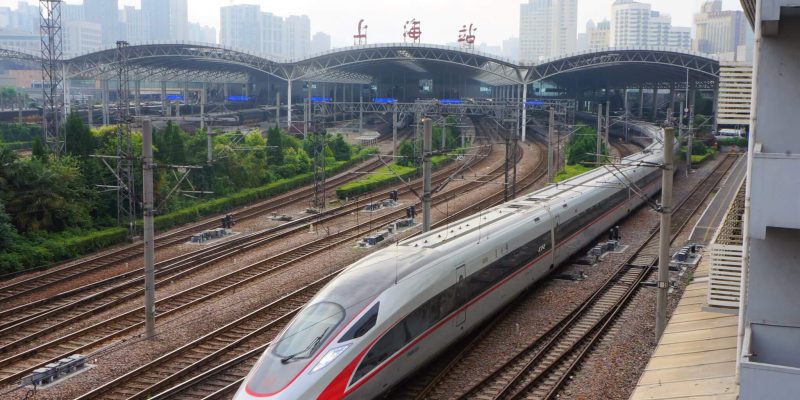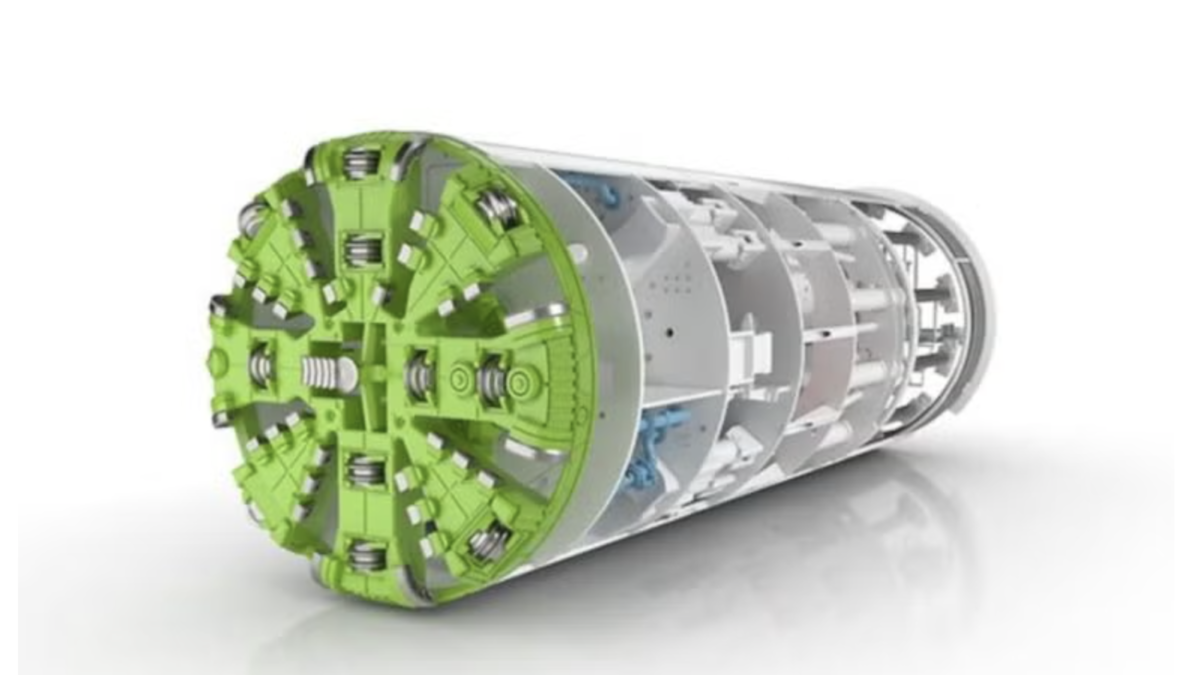
According to the reports, China is planning to reverse a post-pandemic slowdown in rail construction with a surge of projects starting in the fourth quarter of 2022.
The decision to accelerate the implementation of dozens of projects, and start feasibility studies for new ones, was made at a meeting of China State Railway Group, the country’s key rail operator, held earlier this month.
Among the high-speed projects that are going to begin in the next three months are:
- A section of the 486km Chengdu–Dazhou–Wanzhou railway linking southwestern Sichuan province with Chongqing in central China. This is going to be a mix of medium and high-speed line; works started in 2020.
- The North Yangtze connection between Shanghai and neighboring Jiangsu and Anhui provinces. This project, which has been on the drawing board for almost 10 years, is going to extend 555km with 16 stations, and is anticipated to have a chief impact on economic growth in the region.
- The Ankang–Chongqing section of the 653km Chongqing–Xi’an railway in the west of the country. Works on the line started in June 2021, and the latest section was confirmed by the Ministry of Ecology and Environment on 8 September.
As the National Railway Administration reported, capital investment in China’s rail sector fell 4.2% to $107bn in 2021, an eight-year low. Between January and August of this year, year-on-year spending fell a further 4.4%.
Part of the impetus for the new investment has come from a speech made by President Xi Jinping at the Fifth Plenary Session of China’s Communist Party.
A report on China Railways’ website presents that the speech called for China Railways to carry out across the board upgrade of its performance “accelerate the construction of a new development pattern, and clearly pointed out that the construction of a new development pattern needs to be grasped”.
China has, by far, the world’s largest network of high-speed railways at an estimated 38,000 kilometers (23,500 miles).
















